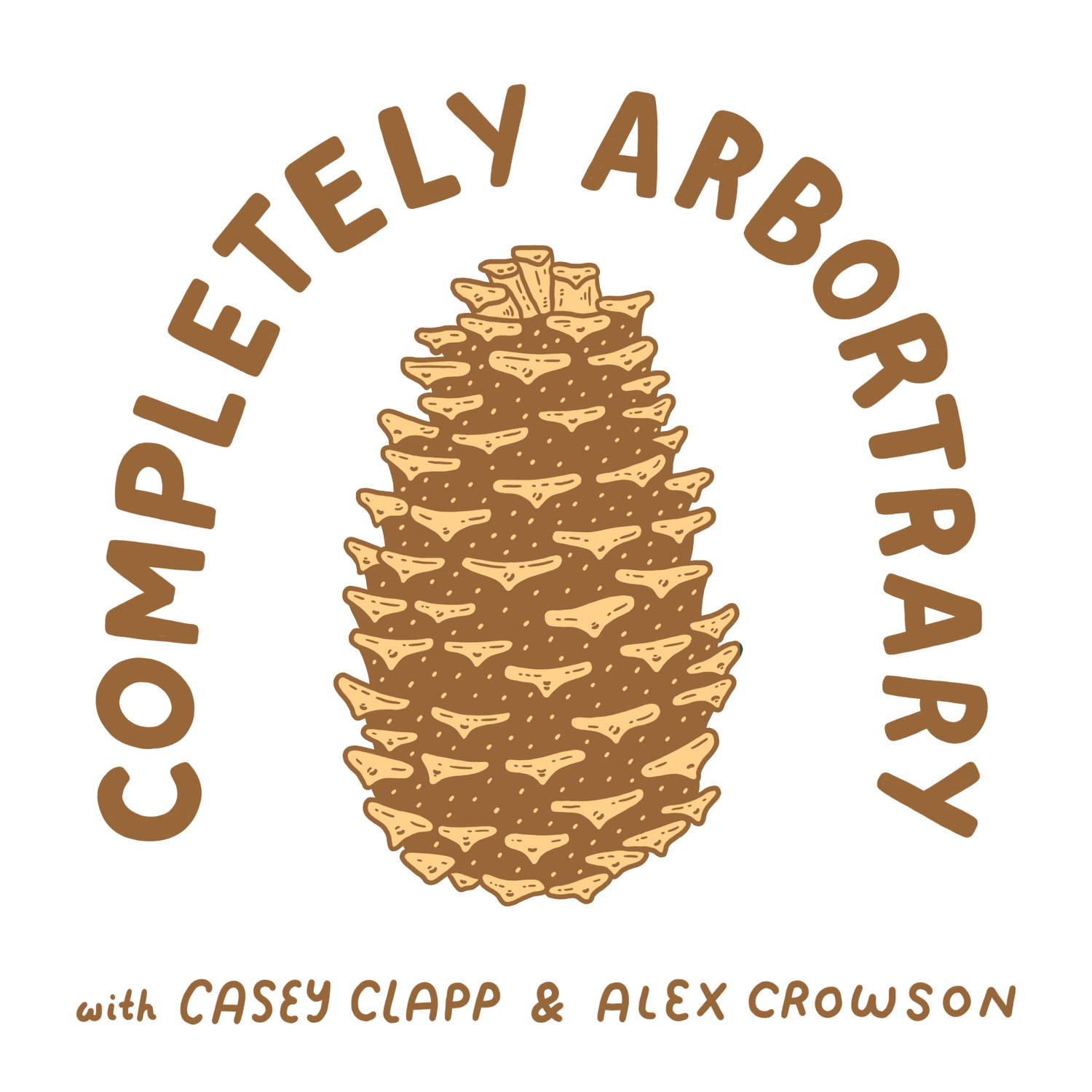ARBOREAL CORN (MONTEREY PINE)
What do you get when you treat trees like corn? A plantation, of course. And a whole lot of Monterey pine (Pinus radiata). A tree that grows stubby and wonky in its native range, the Monterey pine grows like a poster child for logging in New Zealand, where its stick-straight form makes it the tree of choice for an unthinkably large swath of logging land. But oh, that cone...
Monterey Pine
(Pinus radiata)
Few trees have intense alter-egos. For that matter, few trees have alter-egos to begin with. Plant a tree and it’s going to grow just like it always does. Not so with Monterey pine.
Along the central coast of California, on rocky outcrops and exposed headlands, Monterey pine (Pinus radiata) ekes out a living. With only three naturally occurring groves this far north, and two southern populations on islands off the coast of Baja California, Mexico, Monterey pine evokes a kind of stoicism. A crooked, contorted tree facing the battering winds off the Pacific Ocean, its form is squat, scraggly, and rough. It’s a perfect reminder of the mythic ruggedness of the coastline, where only colonies of bent and bedraggled hermits are willing to grow
But take this hermit from its austere home and plant it in greener pastures elsewhere on the planet, and something wholly unexpected happens: it blossoms. Blossom in the metaphorical sense, of course—it remains a flower-less conifer. But plant it in places like New Zealand, Argentina, or South Africa, the radiata pine, as it is commonly known outside North America, grows tall, straight, narrow, and fast. It’s a tree that is not known for being a recluse or a bent rock-dweller; it’s a tree that is known for timber.
To the surprise of many who know the Californian Monterey pine, the version planted by the billions in plantations across the world is almost unrecognizable. It’s perfectly engineered for the final wood products it’s destined for. Trees are planted in uniform rows, meticulously pruned and thinned to ensure that the biggest and best are favored for later harvest, which comes in only 30 years, an astoundingly short harvest time considering the volume of wood that is created. The hermit really comes out of its shell.
What’s unique about Monterey pine is the contrast between the wild trees growing on the cliffs and islands off the west coast of North America and the plantation trees everywhere else in the world. What isn’t as unique is the plantation itself. The forestry plantation is the natural outcome of industrial forestry. It’s the result of The Machine altering and standardizing the system to streamline the processing thereby maximizing output per unit cost. A homogenous, cheap input, extracted at predictable rates correlated with expected future commodity market prices allows for efficiency and a sustainable rate of return.
Wait, are still talking about forests? It’s a valid question. Is a plantation of trees for harvest a forest? What exactly defines the qualities that make something a forest and something else a non-forest? Surely trees would make the list, and their density across a landscape. But other functions and measures must also be accounted for, after all, a field of wheat is not a tall grass prairie. A field of wheat is a crop, a farm: it’s a plantation. It’s the personification of economy and efficiency manifested as plants and put there by people. As with wheat, so with trees.
Tree plantations are the most common place to find radiata pine anywhere outside their native groves. And there are millions upon millions of acres of them. Often, a person’s interaction with a ‘forest’ is in reality an interaction with a plantation of trees, the original forest having been cut down decades or centuries before.
In places where trees don’t naturally grow, plantations are obvious: they stand out with their perfectly spaced rows of straight trees where no other similar plant grows. In places where a natural forest was cut and replanted, it’s more difficult to see what’s a plantation and what’s not. It’s made even more difficult if the trees planted are the same that would grow there anyway, as is the case in the Pacific Northwest with Douglas-fir.
Plantation forestry is the management of trees for their future harvest. It consists of manipulating the growing conditions from planting to cutting in order to maximize the value of the final product in the shortest time feasible. A plantation, with such intensive, objective-based management, is not quite a forest. Its combination of qualities does not elevate it to that level. So, when we cut wild forests and replace them with new, densely planted trees, ‘improved’ to grow fast and tall and straight, are we growing a forest? When we plant rows of radiata pine like we plant rows of corn where no pine or corn ever grew, can we say we are doing forestry?
As more and more forest area is cut and replaced by plantation, it behooves us to ask about what we are losing and who is noticing. When trees are planted and grow back it looks like a forest is regenerating. But is that the case? Are we regrowing a forest, or are just regrowing trees?
Completely Arbortrary is produced and hosted by Casey Clapp and Alex Crowson
Support the pod and become a Treemium Member
Follow along on Instagram
Find Arbortrary merch on our store
Cover art by Jillian Barthold
Music by Aves and The Mini-Vandals
Episode cover photo by Sharon Mollerus
Additional Reading:
The Monterey Pine (Pinus radiata)
Monterey pine fact sheet
Radiata pine in New Zealand

